
Today, we explore some fascinating facts about classic songs that you probably didn’t know. From unexpected inspirations to unique recording techniques, these stories reveal the creativity and quirks behind some of the most beloved tracks in music history.
14. Radiohead’s Paranoid Android

Did you know that Radiohead’s iconic song “Paranoid Android” was inspired by Douglas Adams’ classic, Hitchhiker’s Guide to the Galaxy? The title itself references Marvin, the Paranoid Android, a character from the book. The lyrics even include a nod to a famous line from the story about mindless jerks. Plus, the album title, OK Computer, is also a reference to the same universe. It’s amazing how literature can influence music in such profound ways.
13. Blur’s Unique Drum Beat

Blur’s hit song “Song 2” started as a parody of Nirvana, but it became a massive success. What’s interesting is that the opening drum beat is actually impossible for one drummer to play alone. It was recorded by two musicians playing together, with the drummer and guitarist both contributing to the rhythm. This collaboration created a sound that’s both energetic and unique, setting the stage for the song’s explosive chorus.
12. The Beatles’ Musical References
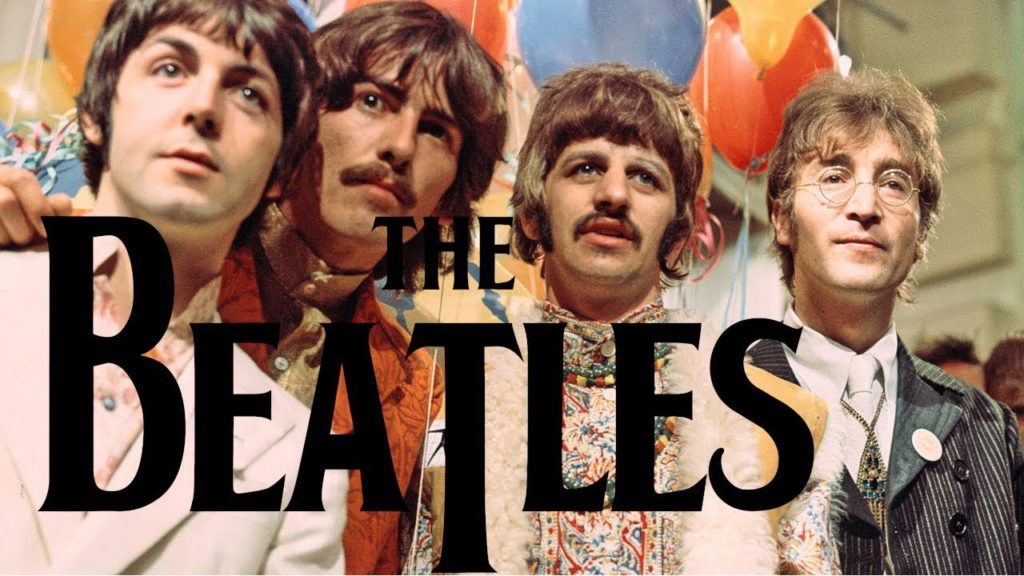
The Beatles’ “All You Need Is Love” is not just a simple love song; it cleverly quotes six other songs within its short runtime. The track opens with a snippet of the French national anthem, La Marseillaise, and includes references to Bach, Glenn Miller, and even their own earlier hit, “She Loves You.” This intricate layering showcases the band’s musical genius and their ability to weave different influences into their work.
11. Buddy Holly’s Knee Drumming

In Buddy Holly’s song “Everyday,” you won’t hear a traditional drum kit. Instead, the drummer used his knees to create the percussion sound. This innovative approach adds a playful and unique element to the track, proving that creativity can come from the simplest of ideas. It’s a reminder that sometimes, the best sounds come from thinking outside the box.
10. Mandy vs. Brandy

The song “Mandy,” famously performed by Barry Manilow, originally had a different name. It was initially written about a woman named Brandy. However, when Manilow decided to cover the song, he changed the name to avoid confusion with another popular song at the time. This small tweak led to a massive hit that many still love today.
9. The Mysterious Voice in Hounds of Love

Kate Bush’s “Hounds of Love” opens with a haunting voice saying, “It’s in the trees! It’s coming!” This eerie sample is actually taken from the 1957 horror film Night of the Demon. The choice to include this chilling line sets the tone for the song and adds an unexpected layer of depth to the listening experience.
8. Satisfaction’s Fuzz Tone
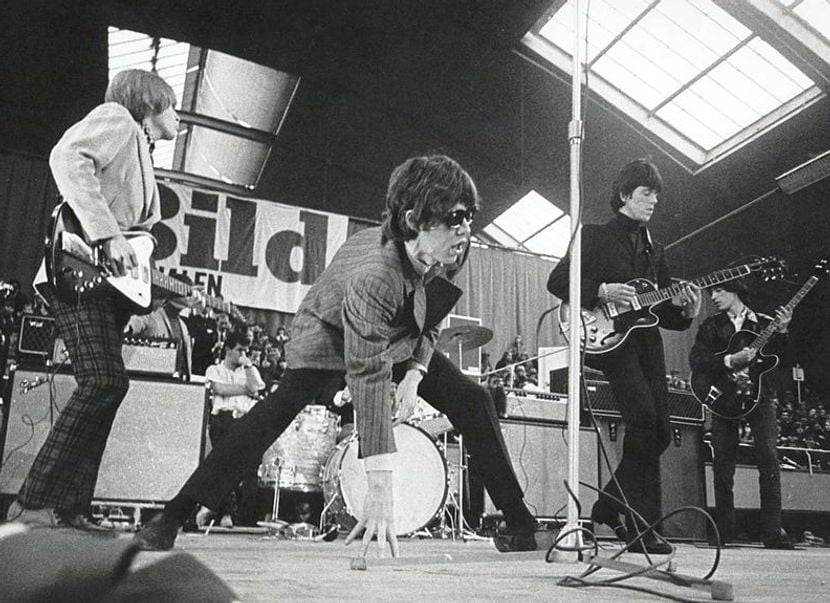
The Rolling Stones’ “Satisfaction” features the first-ever use of fuzz distortion in a hit song. Keith Richards created this iconic sound using a fuzz tone pedal, which was a new invention at the time. Interestingly, he initially intended the riff to be played by horns, but the fuzz guitar became a defining element of the track. This decision changed the course of rock music forever.
7. Foo Fighters’ Phone Recording

In a surprising twist, the backing vocals for the Foo Fighters’ song “Everlong” were recorded over the phone. In 1997, it was less common to record remotely, but Dave Grohl wanted his friend to contribute to the track. They managed to pull it off by using a phone call, showcasing the lengths musicians will go to collaborate.
6. The Sound of Silence’s Transformation
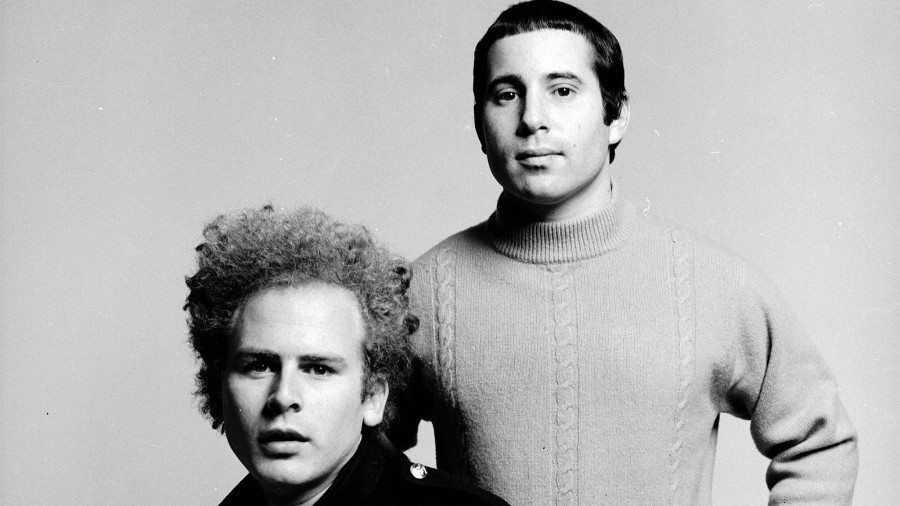
Simon and Garfunkel’s “The Sound of Silence” was initially a commercial failure. The original version was a simple acoustic arrangement, but after some radio play, the producer decided to revamp it with a full band. The duo was unaware of this change until they saw it on the charts. This unexpected twist led to their rise to fame, proving that sometimes, a second chance can lead to success.
5. David Bowie’s Heroes

When recording “Heroes,” David Bowie’s producer wanted to capture the natural reverb of the studio. To achieve this, he set up multiple microphones at different distances from Bowie. This creative approach allowed for a unique vocal sound that contributed to the song’s epic feel. It’s a testament to how innovative recording techniques can shape a song’s identity.
4. Life on Mars and My Way

David Bowie’s “Life on Mars” was inspired by Frank Sinatra’s “My Way.” Bowie was tasked with writing English lyrics for a French song and ended up creating his own version. The similarities in chord progressions between the two songs highlight how influences can lead to entirely new creations. It’s fascinating to see how one song can inspire another across different genres.
3. Charlie Chaplin’s Smile
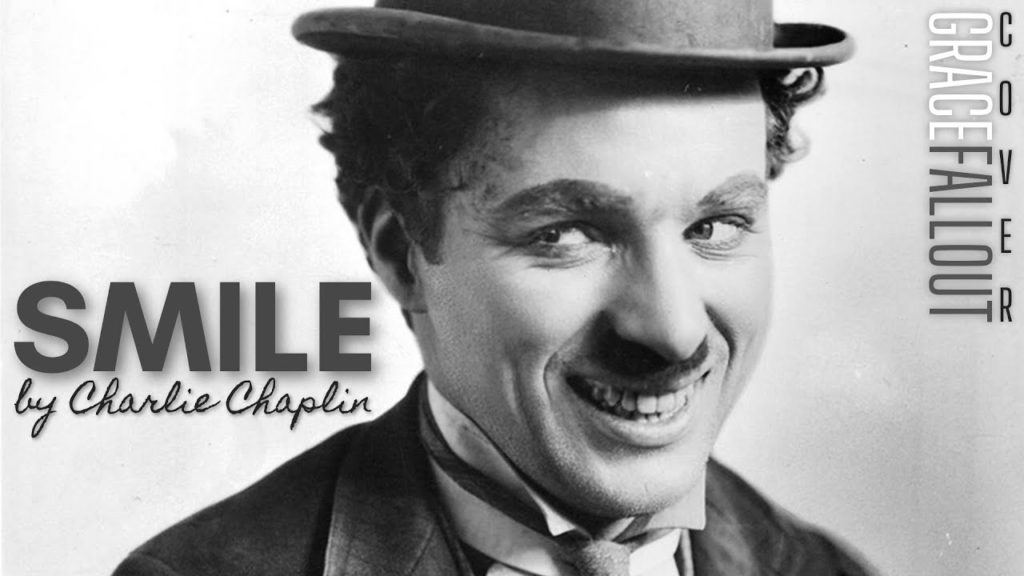
The song “Smile,” made famous by Nat King Cole, was originally written by Charlie Chaplin. It started as an instrumental theme for Chaplin’s film Modern Times. Years later, lyrics were added, transforming it into the beloved song we know today. This journey from film to music shows the versatility of artistic expression.
2. Roy Orbison’s Pretty Woman

Roy Orbison wrote “Pretty Woman” while touring with The Beatles in the UK. He would often work on songs during downtime on the tour bus. This friendly competition among musicians led to some of the greatest hits of the era, proving that creativity thrives in collaborative environments.
1. The Dark Origin of Dancing in the Moonlight
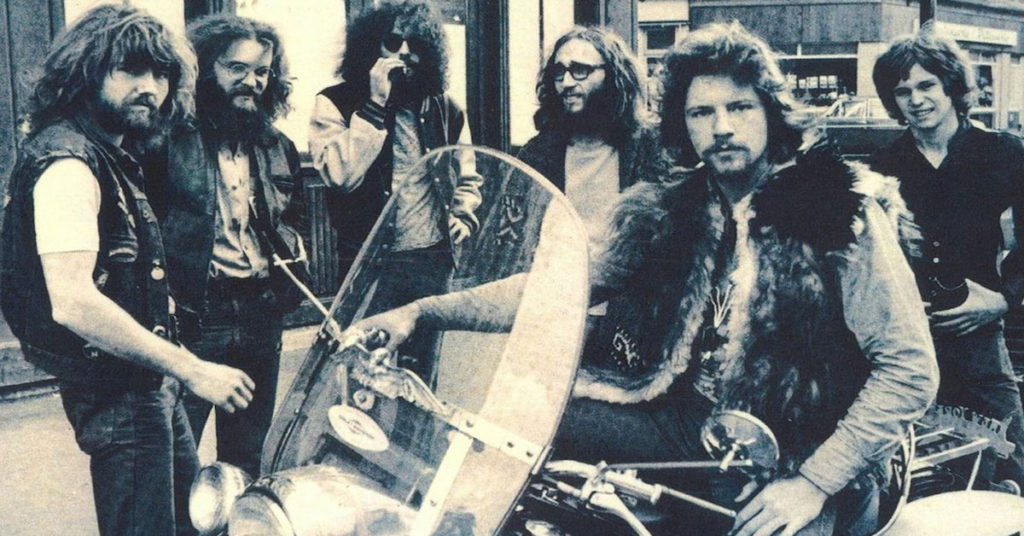
The song “Dancing in the Moonlight” by King Harvest has a surprisingly dark backstory. The songwriter, Sherman Kelly, wrote it after a traumatic experience while on vacation. Despite its upbeat sound, the song reflects a desire for a better world, showcasing how art can emerge from personal struggles. It’s a powerful reminder of the healing power of music.





















